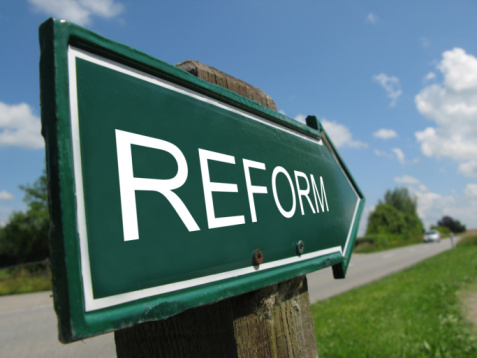
Despite a potentially disruptive U.S. Supreme Court decision expected this summer, California officials are moving forward with the creation of a new, online health insurance market that is expected to be the centerpiece of the federal health reform approved two years ago by Congress and President Obama.
“There are many different scenarios,” said David Panush, director of government relations for the California Health Benefit Exchange. “Rather than trying to crystal-ball what the court may or may not do, we’ve got our foot on the pedal and we’re going full speed ahead.”
The Exchange is designed to be a place where consumers who don’t get coverage through work can go and buy it at an affordable price and in a way that allows them to easily compare the costs and benefits of competing plans. For health insurers, it promises access to millions of potential new customers, many of whom will get subsidies to help them afford coverage.
But the Eexchange could hit a serious speed bump if the high court strikes down the federal health insurance mandate requiring almost everyone to have coverage, which is expected to drive up enrollment in states around the country.
In order for an exchange to be successful, a significant number of people need to participate.
The idea behind the Exchange is that private insurance companies will try to out bid each other for access to the exchange’s customers – roughly 1.6 million of who could qualify for federally subsidized insurance.
“Families can receive tax subsidies through the exchange to pay for coverage,” said Ken Jacobs, the chair for the UC Berkeley Center for Labor Research and Education. “This is a very large market that insurance companies will want access to.”
Under the best-case scenario, by 2019 about 3 million people will be enrolled in the California Exchange, according data from UC Berkeley and UCLA.
However, without the federal mandate that estimate drops by more than 500,000 people.
That’s concerning because the higher the enrollment, the more leverage Exchange officials have when negotiating prices with insurance companies, such as Kaiser, Blue Shield and Anthem Wellpoint.
“We’ll be doing solicitations with health insurance companies by the fall to determine which of them we want to contract with,” Panush said. “The Exchange will be providing a market place and we want to have quality products on our shelf.”
While losing the mandate requiring people to buy insurance is concerning, the Exchange could still be successful without it, Jacobs said.
“If the mandate was struck down federally, California could still enact its own mandate,” he said. “And there are other incentives that could be used. They won’t be as powerful or effective but they could help address the issue.”
Exchange officials have recently started designing strategies to make it as easy as possible for individuals to sign up, such as presenting information in multiple languages, designing a user-friendly webpage and training employees to offer help with online enrollment.
“The state has institutional relationships that private insurance doesn’t,” Jacobs said. “If you’re applying for unemployment online there could be links to the Exchange. If you’re changing your address at the DMV a clerk may offer you information on how to enroll. To the degree that we take advantage of all the points of contact, you bring people into the system. Outreach and enrollment is vital.”
Exchange officials are prioritizing ways to use existing government agencies to help enroll people, Panush said.
“Our efforts will likely include direct person-to-person contacts through assisters, people who are specially trained to explain the choices and options that consumers have,” he said.
At the same time, the Exchange hopes to have a user-friendly website so many people will be able to signup without assistance.
“Our goal will be to develop a process that is consumer friendly,” he said. “We want to develop a process that’s seamless, simple to use, that acknowledges that people have changes in their life circumstances.”
According to data from UC Berkeley and UCLA, even with the federal mandate and the Exchange in place, by 2019, over 1.9 million legal residents in Californian will remain uninsured.





